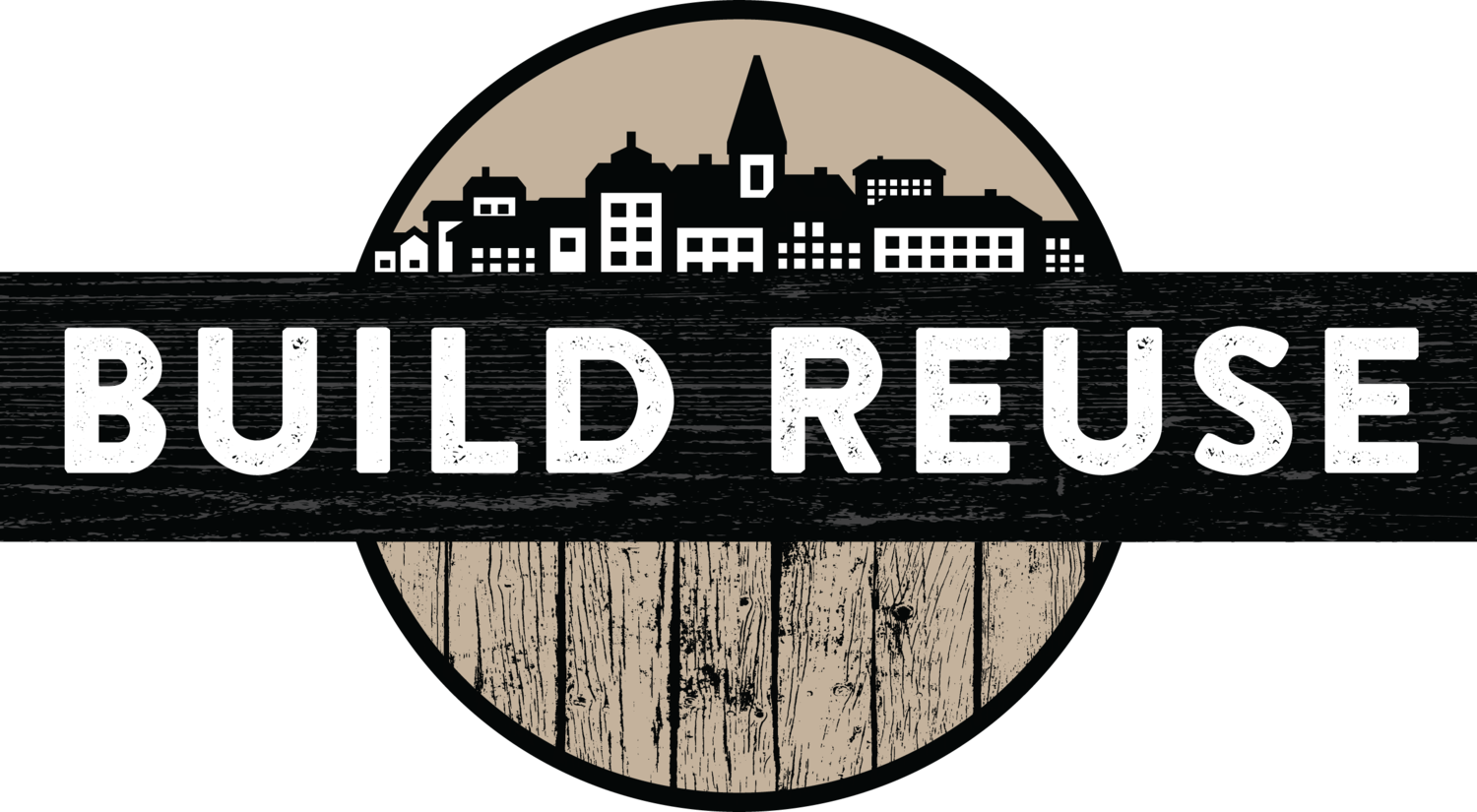Session: Pricing to Move, Purchased Inventory and Other Strategies to Drive Sales
Melissa Mongelli will discuss shared revenue partnerships and how purchased inventory can increase sales, build KPI’s (Key Performance Indicators), enhance customer service and of course encourage reuse. By offering purchased convenience items that naturally pair with reuse items, a one stop shopping experience can be created. Additionally, purchasing small amounts of inventory can also stabilize departments sales and in turn help with yearly budget planning.
While donated product doesn’t have a conventional cost of goods, Chris Pletcher will share how Finger Lakes ReUse considers the donated product they stock to have an opportunity cost. He’ll show how lowering prices to increase product turnover can be more profitable than maximizing revenue from each item and how this Price to Move strategy has helped drive 25% sales growth the past three years.
Joe Connell will share some of his experiences with running four stores in Portland, Oregon and trying to maximize sales through a combination of hard pricing and discount strategies, pricing to move while not giving it all away, organizing the back room to move product, while at the same time creating a culture of yes with your staff.
Chris Pletcher is currently a Special Projects Manager at Finger Lakes ReUse, a not-for-profit in Ithaca, NY. Finger Lakes ReUse operates two retail stores, a deconstruction program, a computer refurbishment and repair program and job training programs. Over the five years Chris has worked at ReUse, he has overseen all aspects of the operation, with sales revenue increasing nearly fourfold and the workforce nearly tripling. He has previously worked in the energy efficiency and solar industries. Chris has a Master of Regional Planning from UMASS-Amherst with a concentration in Economic Development.
